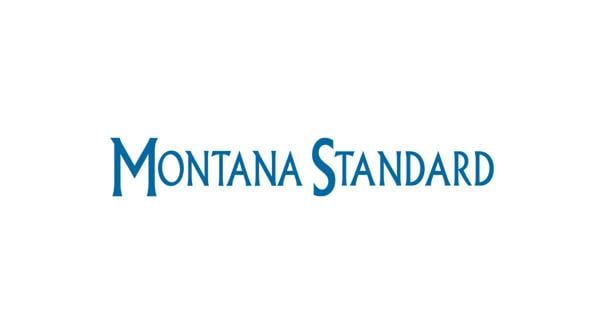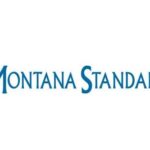More people were disenrolled from Medicaid during the unwinding process in Montana than the state expected, according to a report released by the health department on Monday tallying the impact of redetermination, which concluded in March.
About 4% more people no longer receive Medicaid coverage than the health agency projected prior to unwinding beginning, the report found. The greatest gap between reality and expectation is among the Medicaid expansion population, or adults eligible for coverage based on low incomes.
Over 6% more enrollees under expansion lost coverage than the Department of Public Health and Human Services anticipated. These numbers do not account for potential “bounce back” applications for anyone who might have lost coverage but later reapplies and is determined eligible, the report notes.
Using data as of June 27, the final closeout report contains the most current and accurate information, DPHHS says. According to final agency data, 115,302 people were disenrolled through the unwinding process, less than previously reported. That’s because the report captures outcomes for most once-pending cases, which closes the gap slightly, according to the department. Information from DPHHS shows that over 60% of people who lost Medicaid coverage did so because of paperwork errors and failure to submit all the necessary information.
People are also reading…
Total Medicaid, which includes individuals subject to redetermination as well as people who receive coverage through a separate “exparte” process including those who receive Supplemental Security Income program, are in foster care or are covered due to pregnancy, is slightly below what it was before the COVID-19 pandemic. According to the DPHHS Medicaid Enrollment dashboard, there are 217,840 people covered by the joint federal-state insurance program, out of the state’s population of about 1.1 million. That’s 85,000 fewer people on the rolls since just a year prior, making up for some of the losses of redetermination.
Officials conceded at a gathering of lawmakers in Helena in June there’s been some confusion with the data and its presentation to the public. DPHHS makes data available online in various dashboards. One is focused on redetermination, another for total Medicaid enrollment. The two shouldn’t be compared because they capture two different populations, the agency clarified. While the redetermination dashboard will remain largely static moving forward, the total enrollment count will continue to be dynamic as normal, pre-pandemic Medicaid processes have now gone into effect.
No matter how the data is sliced, fewer people are covered by Medicaid today than one year ago. And that number is smaller than DPHHS expected.
Medicaid redetermination, explained
Redetermination isn’t novel. For years, Montana has required Medicaid enrollees to resubmit proof of eligibility on an annual basis.
DPHHS first tries to determine if a client can be automatically enrolled in Medicaid based on participation in other government programs such as SSI or pregnancy. If the state can’t determine automatic renewal, DPHHS sends a packet of paperwork to the client, who has until the final day of the following month to submit the necessary information. DPHHS then evaluates eligibility.





